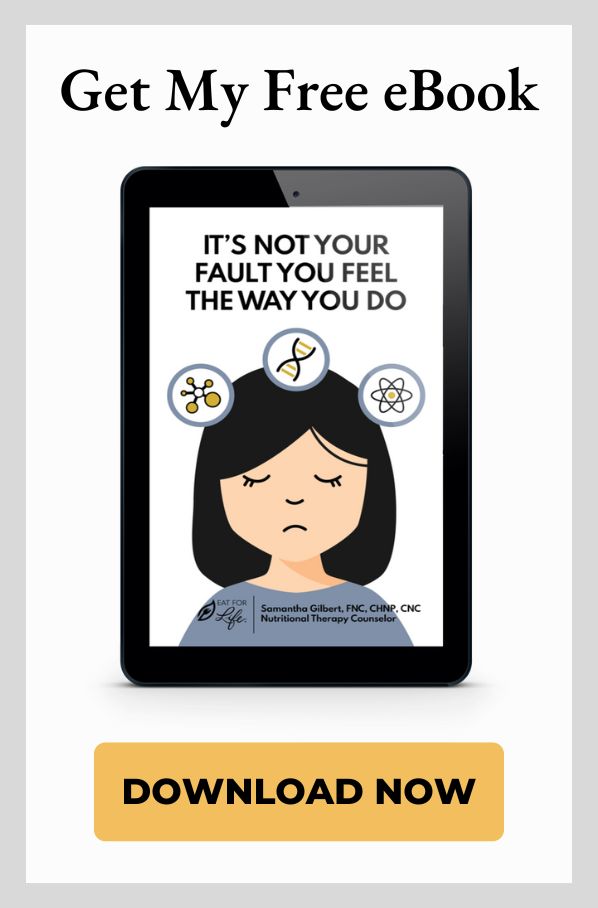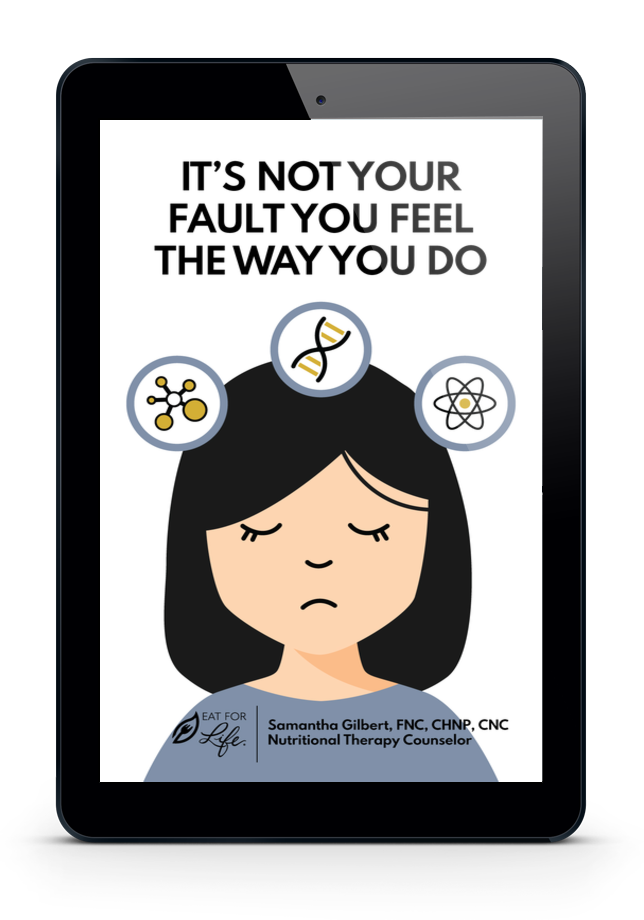Obsessive-Compulsive Disorder (OCD) can significantly impact a person’s daily life, making it challenging to function effectively at work, school, or in relationships. Fortunately, through OCD assessment, individuals can receive personalized treatment plans that are tailored to their unique symptoms and needs. In this article, we’ll explore how these assessments help create actionable treatment strategies that can lead to meaningful progress in managing OCD. At Eat For Life, we are here to guide you through this process and help you start your journey toward healing.
Understanding OCD Assessment: The First Step to Tailored Treatment Plans
An OCD assessment is a comprehensive evaluation that helps healthcare professionals understand the severity of a patient’s condition. During the assessment, clinicians typically ask detailed questions about the patient’s compulsions, obsessions, and overall mental health history. By gathering this information, the healthcare provider can determine the specific type of OCD the person is experiencing, whether it’s the common contamination obsession, symmetry obsession, or another form of intrusive thought.
The assessment also aims to identify any co-occurring conditions, such as anxiety or depression, that might complicate the treatment process. Based on these findings, the clinician can recommend a treatment plan that is both effective and specific to the patient’s needs.
1. CBT as a Core Treatment Plan for OCD
One of the most widely used treatment plans for OCD is Cognitive Behavioral Therapy (CBT), particularly a subtype called Exposure and Response Prevention (ERP). CBT helps individuals challenge their compulsive behaviors and obsessive thoughts by gradually exposing them to feared situations, while preventing the usual compulsive response.
The personalized aspect of CBT comes into play when the therapist tailors the exposure exercises to the patient’s specific triggers. For example, someone with contamination OCD might be asked to touch an object they perceive as dirty and resist washing their hands. The ultimate goal of CBT is to reduce the need for compulsions and help the patient develop healthier coping mechanisms.
2. Nutrient Therapy for OCD
Advanced nutrient therapy plays a crucial role in recovery for many individuals with OCD. This approach, based on biochemical individuality, can effectively alleviate OCD symptoms. An OCD assessment helps determine the appropriate nutrients and dosages, tailored to the severity and type of OCD symptoms.
As a drug-free method, advanced nutrient therapy offers hope for those seeking root-cause resolution to balance brain chemistry. At Eat For Life, we specialize in creating personalized treatment plans to address your unique needs.
3. Mindfulness and Acceptance-Based Therapy (ACT)
While Cognitive Behavioral Therapy is a primary treatment for OCD, some patients benefit from incorporating mindfulness techniques into their treatment plans. Acceptance and Commitment Therapy (ACT) is one such method that encourages patients to embrace their intrusive thoughts without reacting to them.
Through mindfulness, individuals learn to observe their thoughts and feelings without judgment, rather than attempting to control or suppress them. By integrating this approach into their personalized treatment plan, patients can reduce the emotional distress that often accompanies OCD symptoms.

4. Family-Based Plans for Support
Because OCD can take a significant toll on family dynamics, some OCD treatment plans incorporate family therapy. This approach is particularly useful for children or adolescents with OCD. Parents and family members are educated on how to support the individual effectively, without reinforcing compulsive behaviors.
Family members might also be taught how to create a supportive environment at home, which can enhance the overall effectiveness of treatment. For younger patients, this support system can make a significant difference in their ability to manage their symptoms and engage in therapy more actively. At Eat For Life, we offer personalized support for families navigating OCD treatment. Contact us today to learn how we can help.
5. Lifestyle Adjustments to Complement Treatment Plans
While therapy can be an essential component of an OCD treatment plan, lifestyle changes can further support recovery. For example, patients may be encouraged to engage in regular exercise, as physical activity has been shown to improve mental health by reducing anxiety and stress. Additionally, sleep hygiene, a diet based on biochemistry, and effective stress management techniques can help individuals with OCD maintain their progress in treatment.
Personalized lifestyle recommendations are often included in the treatment plan based on the patient’s specific struggles. For instance, someone with OCD may need a structured routine to reduce anxiety or a relaxation practice to help manage stress levels. At Eat For Life, we provide tailored support to help you incorporate these lifestyle changes into your OCD treatment plan.
Conclusion: Tailored Treatment Plans for Lasting Relief from OCD
A customized treatment plan is constructed using an OCD assessment as the basis. These assessments offer crucial insights into the nature and severity of OCD symptoms, allowing clinicians to recommend the most appropriate interventions. Whether through therapy, advanced nutrient therapy, and/or lifestyle changes, personalized treatment plans are designed to help individuals regain control over their lives and significantly reduce the impact of OCD.
If you or a loved one is struggling with OCD, it’s time to take the first step toward personalized care. At Eat For Life, we specialize in creating customized treatment plans that address your unique needs.






